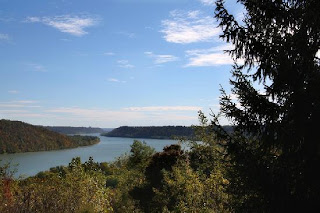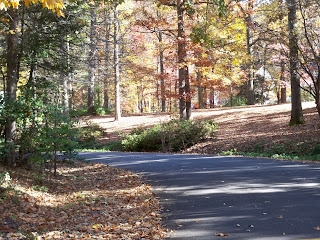A College Place
Last night I went to a gathering of old college friends. We asked the inevitable questions (where do you live? what do you do? and — the clincher — when did you graduate?) and then we told stories. I heard about some great pranks and learned that two paintings in the reception area of my freshman dorm were recently found to be worth millions of dollars.
At some point our conversation turned to why we chose Hanover in the first place. And for most of us it was the physical beauty of the place. Hanover College sits on a bluff overlooking a double bend of the Ohio River. A winding forest road leads to the classical campus with old brick buildings in the Georgian style. To unwind, students stroll to the Point to look at the river.
I transferred from Hanover after my sophomore year, decided I wanted a campus near a big city. But when I think of college it’s Hanover I remember most. The low, mournful call of the barges passing, the broad Ohio curving; it’s a view that, every time I return, seems too perfect to be true.
Photo Trip Advisor

